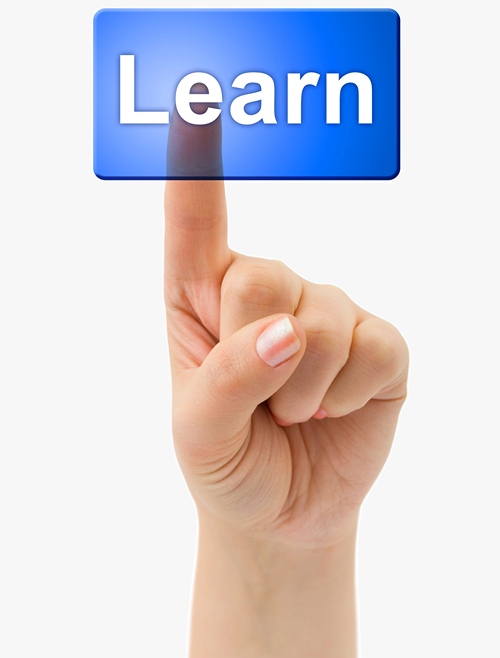Why Learning Management Systems Are the Future of Education for Kids
Traditional ways of teaching are no longer as effective as they used to be because education has to change to meet the demands of a different learning population. The Learning Management System (LMS) is one innovation that has the potential of completely changing everything.
With the continuing changes in the education sector, these LMS platforms play a significant role towards determining what kind of education is in store for our kids in years to come.
1. Personalized Learning Experiences
Educators can customize learning materials to suit the needs of each student through Learning Management Systems. The teaching tools in such systems enable teachers to adapt teaching for every student depending on factors like learning rate, style, and interests. This kind of customization helps in promoting an all-inclusive education while fostering a positive attitude among the learners.
2. Accessibility and Flexibility
The flexibility provided by LMS platforms is crucial because there are some children who cannot adapt into the normal classroom setting, or may need to have a flexible timing of study due to various reasons. First and foremost, LMS platforms enable parents to support and monitor their kids’ learning process by giving them freedom to access educational materials at home. Through this approach, every individual can learn something from each other in an interactive manner.
3. Enhanced Engagement Through Multimedia
Children today are digital natives, accustomed to engaging with multimedia content. Learning Management Systems leverage videos, interactive quizzes, gamified LMS, and virtual simulations to captivate young learners. This diverse range of materials not only makes learning more enjoyable but also caters to various learning styles, whether auditory, visual, or kinesthetic.
4. Streamlined Communication and Collaboration
Through discussion forums, messaging tools and collaborative projects, the LMS platforms make it possible for students to interact with their peers, share ideas as well as get immediate feedback from each other. As a result of this interaction, students are able to develop some important attributes such as working in a team as well as effective communication that are very crucial in the current society.
5. Data-Driven Insights
The ability of Learning Management Systems to gather and evaluate student performance information is one of their key strengths. Educators can monitor progress through analytics dashboards, identifying trends and potential learning gaps. With this data-driven approach, teachers can take appropriate actions in teaching as well as ensuring that every student gets the necessary help for them to succeed.
6. Lifelong Learning Skills
In a fast changing world, it is very crucial that people are able to adapt and keep on learning. LMS platforms instill a culture of lifelong learning by encouraging students to take ownership of their education. Through such ways, they get to learn how they can use the digital tools, get information alone as well as grow their thinking capacity; hence, being ready for any complex challenges that may arise later on in life.
7. Scalability and Cost-Effectiveness
Implementing Learning Management Systems can be a cost-effective solution for educational institutions. Traditional resources, such as textbooks and physical materials, can be costly and often become outdated. In contrast, LMS platforms provide scalable solutions that can be updated easily and accessed by multiple students simultaneously, reducing overall costs for schools and families alike.
8. Global Learning Communities
Through LMS platforms, students worldwide can join hands in projects and learn from each other’s diverse cultural backgrounds. As a result of this exposure, children develop characteristics such as global responsibility, empathy, and cultural knowledge that are highly valued. By working on joint projects or participating in international discussions, kids can gain valuable insights that enrich their educational experience.
Summary
The future of education for children depends significantly on Learning Management Systems which play a crucial role in the development of interactive, adaptable and customized academic programs. These LMS platforms go beyond just being substitutes for the conventional ways of learning – they encourage adaptability to change, and effective learning techniques can be used for a lifetime. Embracing these technologies will empower educators and students alike, ensuring that our children are well-equipped to thrive in an ever-












